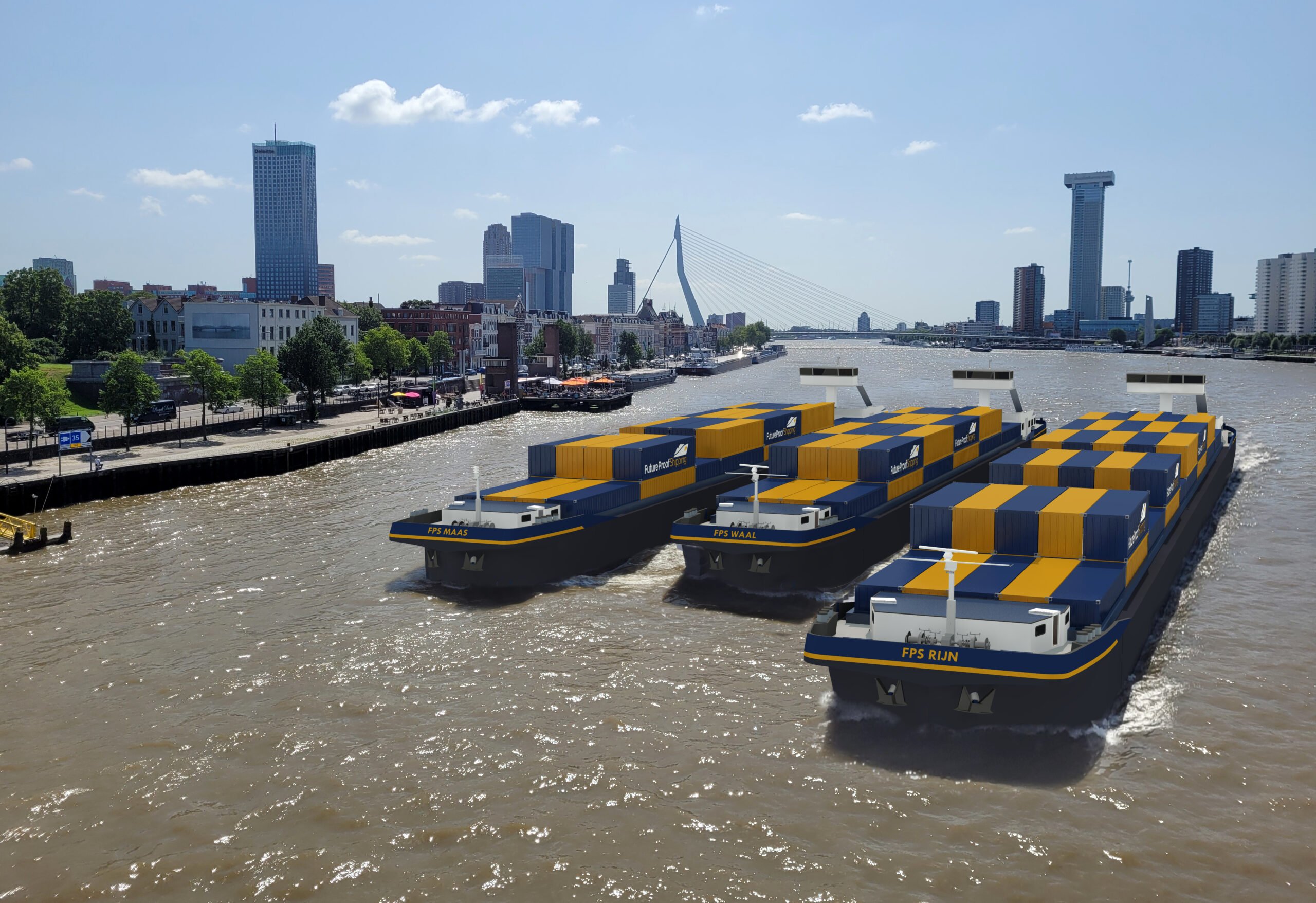
No other region achieves a growth of 3,4%
Only last year ING said that 2017 would economically become a neck-and-neck race between Eindhoven and Amsterdam. Now there is already a clear winner, according to the ING economists: Eindhoven. No other region (ING mentions 40) comes close to the growth of 3,4% that has been realised here. Greater Amsterdam is with 3,2% the only other region that rises above the 3 percent. Flevoland and the Gooi and Vecht Region share the third place with 2,9%.
- Eindhoven +3,4%
- Amsterdam +3,2%
- Flevoland, Gooi and Vecht Region +2,9%
ING expects Amsterdam and Eindhoven to trade places in 2018.
“Consumers intensify their spendings”,

Below this article the full list with 40 regions
The Dutch economy is having a strong growth this year, ING concludes in today’s published figures. Just like in 2016 the growth amounts to more than 2%. “Consumers intensify their spendings. That means busier stores and fuller cafe terraces, but also more work for delivery staff. On construction sites activity keeps increasing and also notaries, agencies and accountants are working longer hours than last year.”
Construction is the fastest growing sector for the third year with business services in its wake. The labor market is in further recovery this year and lays a solid base in the economic growth. Transporters, the catering industry and IT companies are having more and more difficulty finding staff.
VDL NedCar (located in Born, but with big influence on the suppliers in and around Eindhoven) is for an important part responsible for the success of Eindhoven.
“The economy is doing fine now. Yet especially the companies that focus on the export can experience problems the next few years due to the Brexit and the protectionist wind. The Netherlands is very sensitive for that.”, says Marieke Blom, chief economist of ING Netherlands. “But on the other hand there is a chance a new cabinet will use the large public finances for lower taxation. Consumers will notice that in 2018 if the negotiations are proceeding rapidly, or in 2019 if they take up more time. Those two things might keep each other in balance the coming years, so that the economy can grow nicely for a few more years.”




